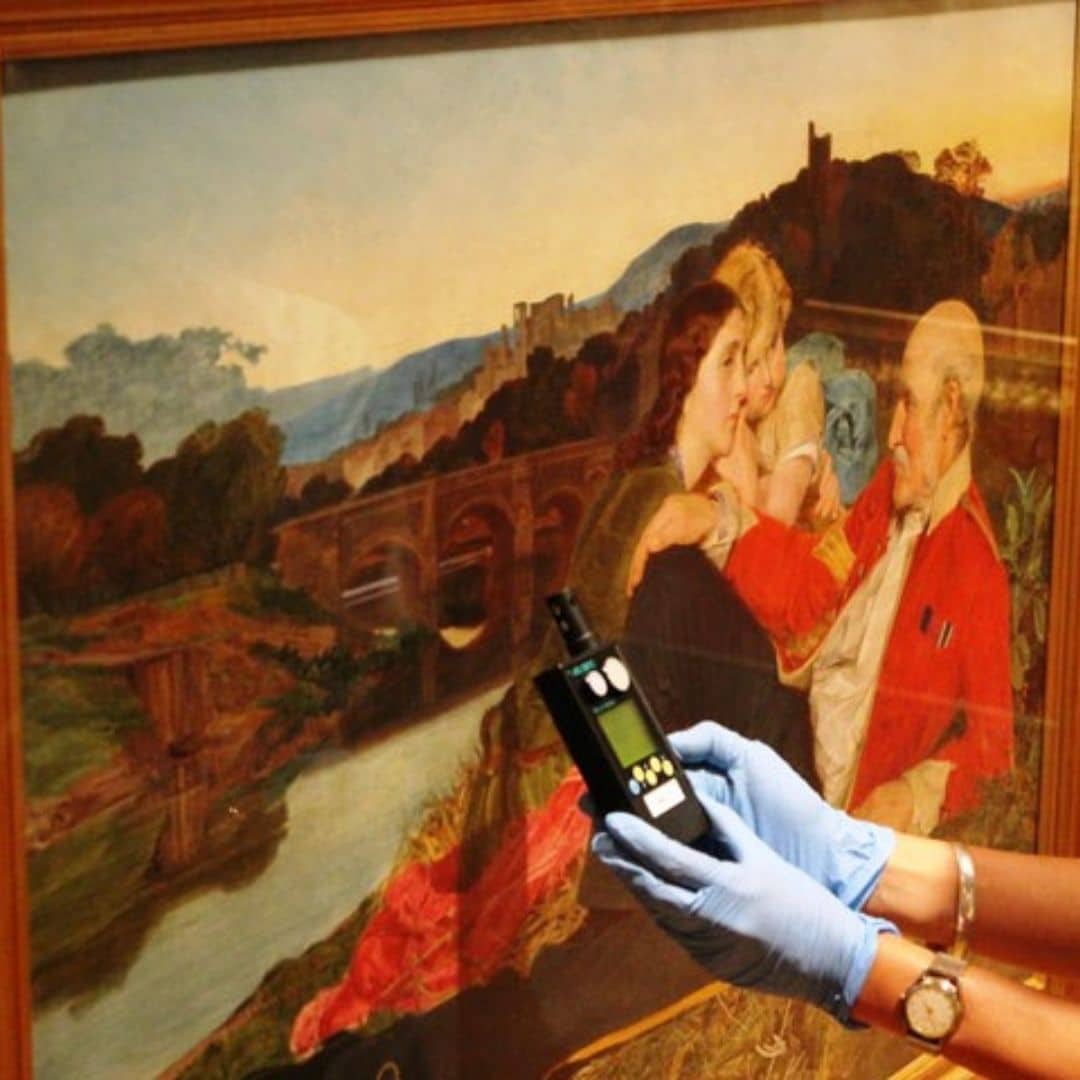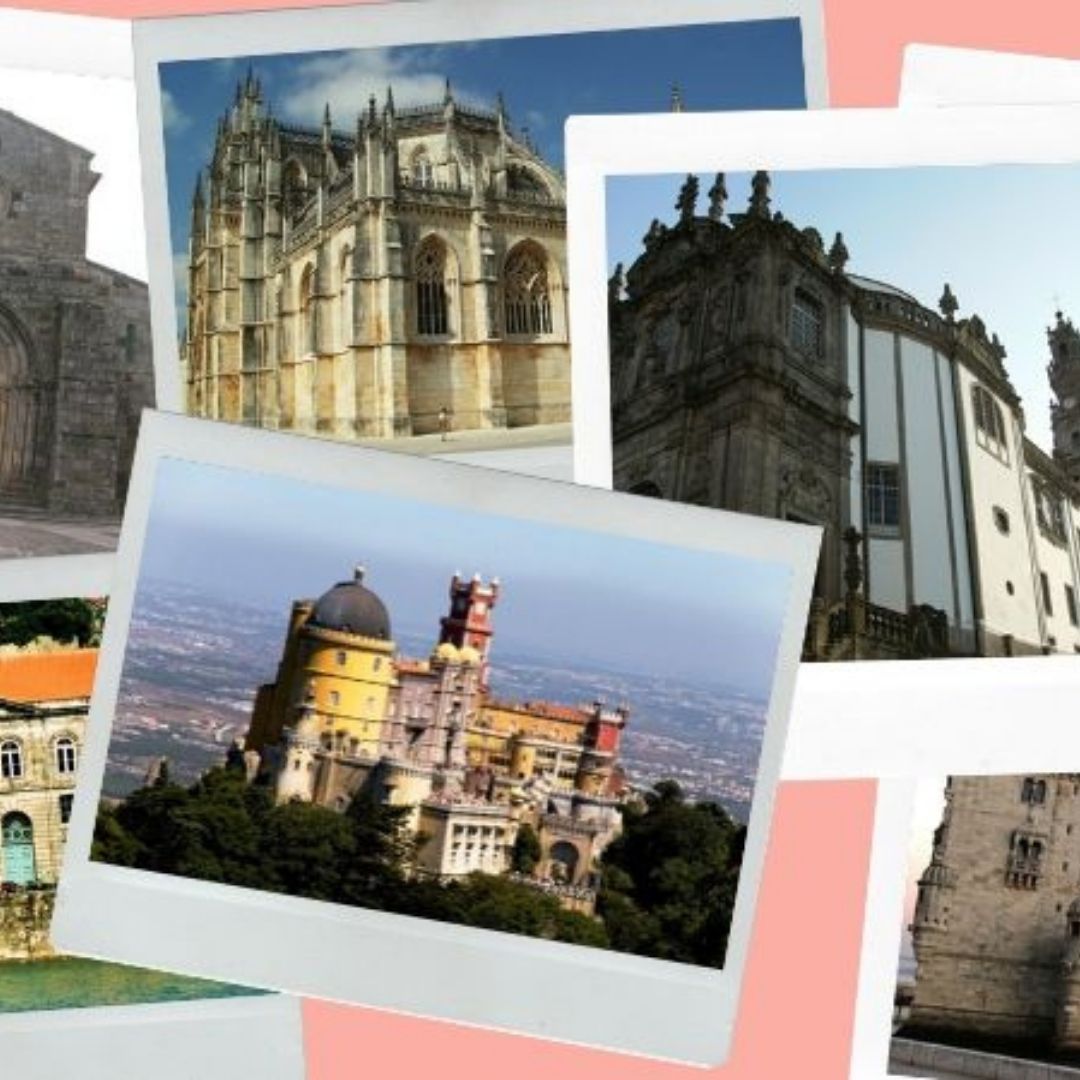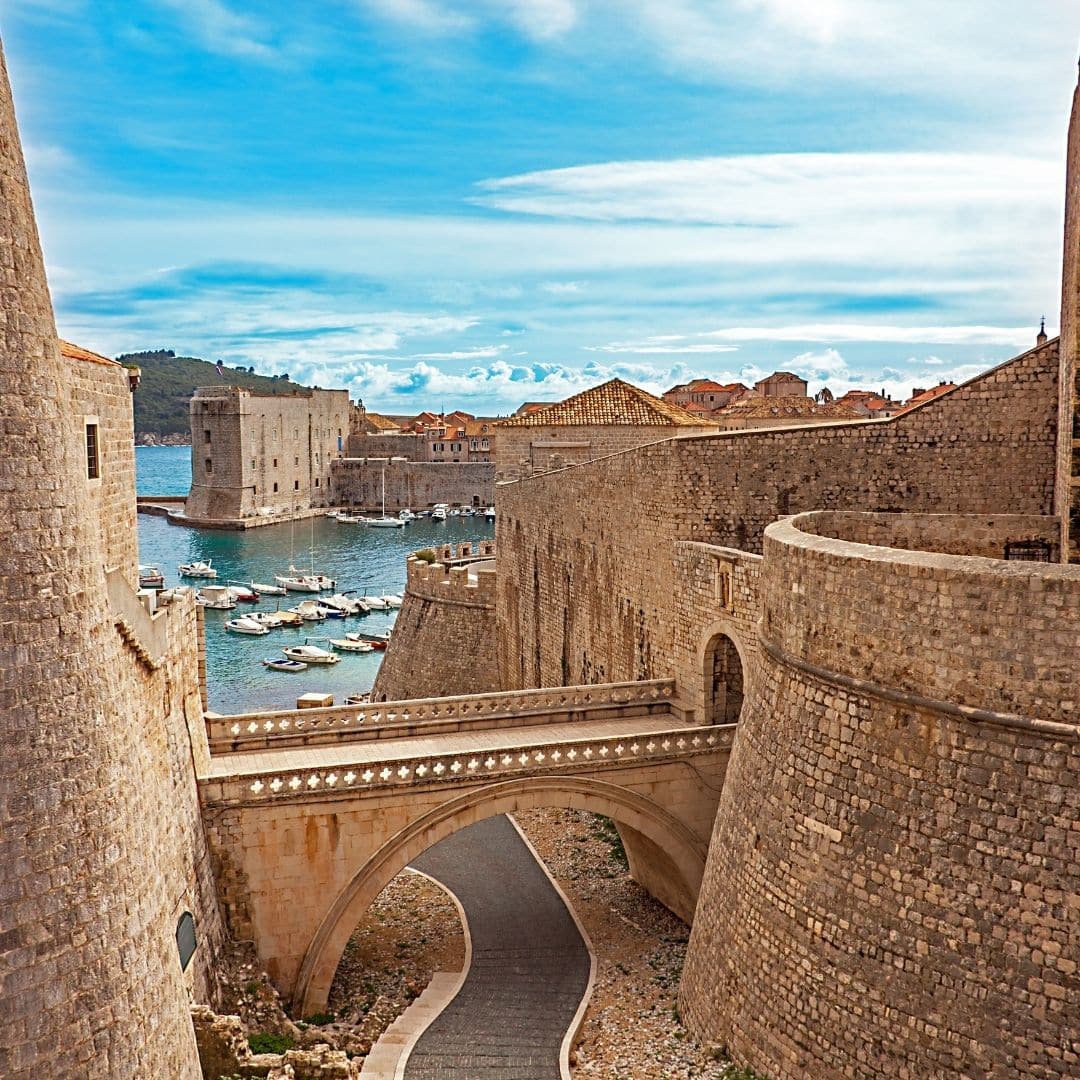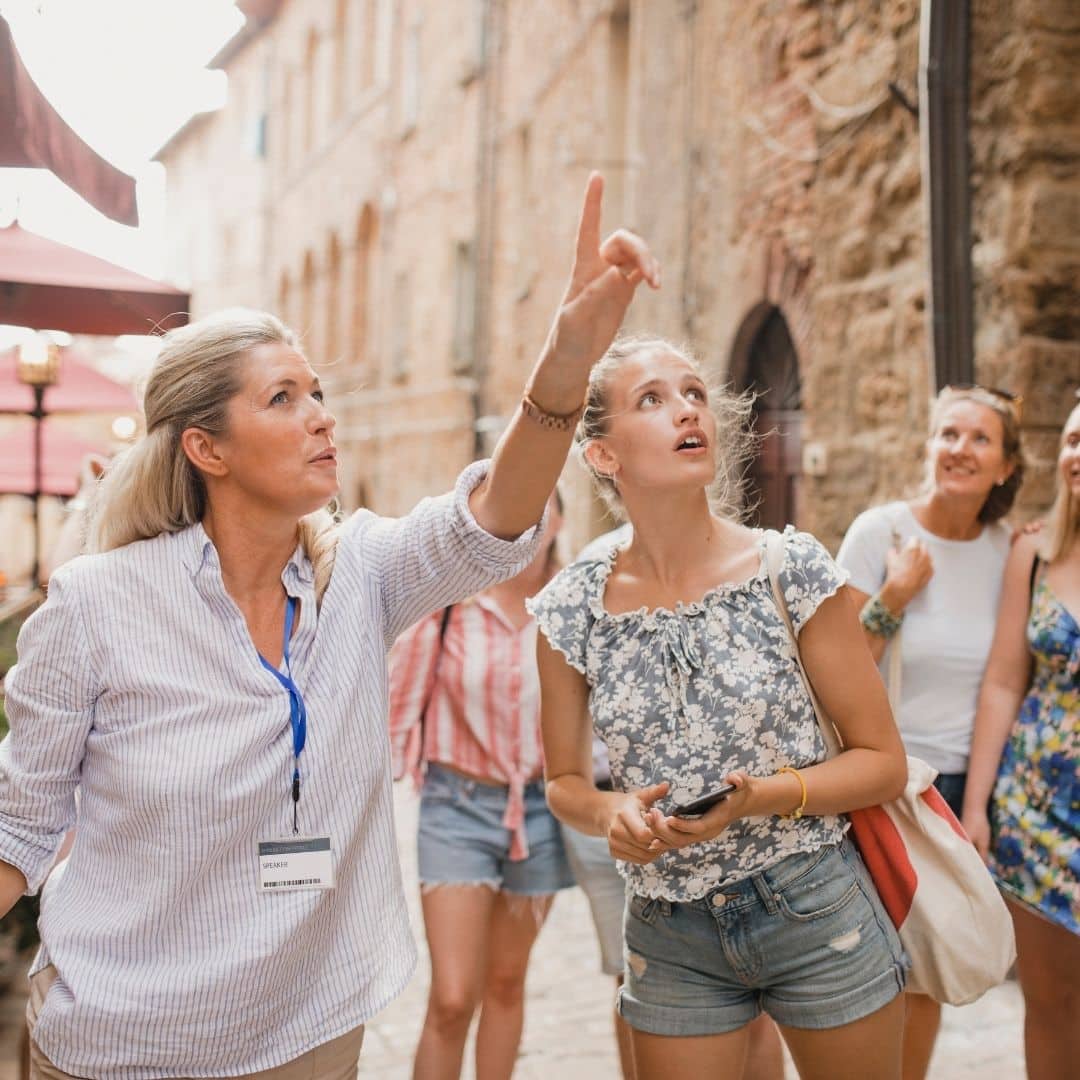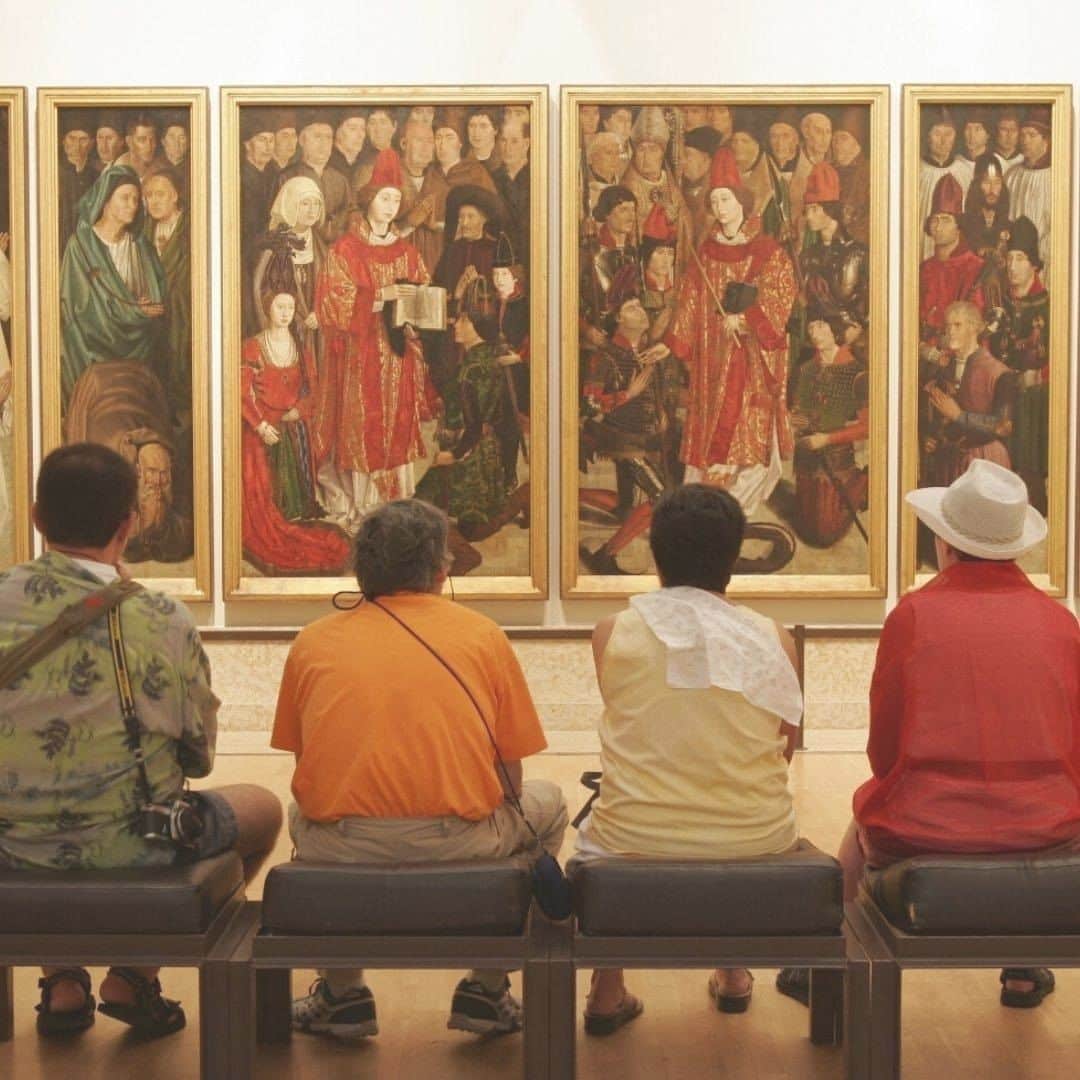Let’s look at some examples of what is monument and historic site

what is Monument – example – Convento de Cristo, Tomar, Portugal
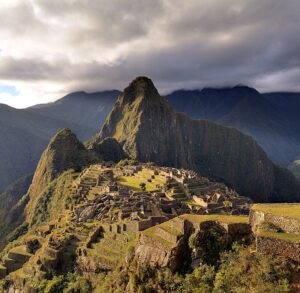
Historic sanctuary of Machu Picchu in Peru, an example of mixed heritage: natural and built

Doñana National Park Natural Site, Andalusia, Spain

Archaeological site at Silves Castle, Portugal – an example of what is monument and historical site

What is a Natural Monument – Cono de Arita in Salta (Argentina).
What is monument and site – classification and protection
The safeguarding of Historical and Cultural Heritage is closely linked to its classification and the establishment of protection principles.
The classification of monuments and sites is established at various levels
World Heritage – UNESCO Classification
UNESCO promotes the classification of monuments and sites as World Heritage or World Heritage Sites with the aim of protecting heritage sites of exceptional universal value.
protecting heritage sites of exceptional universal value.
This classification implies exceptional protection and safeguarding rules that must be respected by states.
Another important classification is that of Cultural Heritage in Danger, which refers to World Heritage monuments and sites that, for human or natural reasons, are degraded or threatened and require urgent conservation or protection measures.
National – at the level of states and countries
States also classify heritage at various levels, corresponding to different levels of safeguarding and protection.
For example, in Portugal we have National Monuments or Monuments and Sites of Public Interest, which require specific protection rules.
Special Protection Zones can also be created to protect the surroundings of these monuments and sites.
Municipal – at regional and local level
Local authorities also promote protection mechanisms by establishing criteria for the protection of monuments or buildings of municipal interest.



